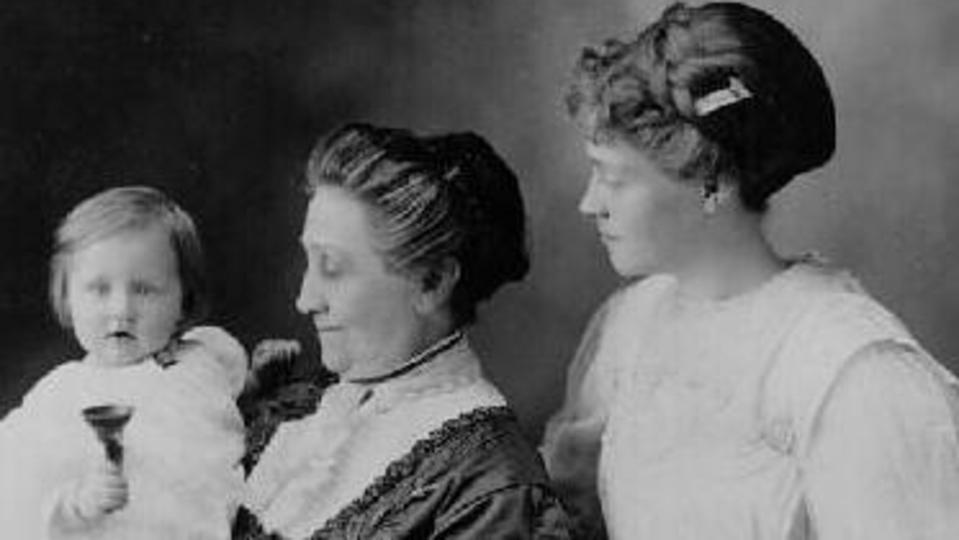FamilySearch International continues to feed the growing appetite of family historians and researchers worldwide with the release of its free 1900 U.S. Census online. The free collection allows users to search the entire population of the U.S. in 1900 — over 76 million people — and view high quality images of the original census at www.FamilySearch.org.
| Family history indexing allows families to find their ancestry. 2009 Intellectual Reserve, Inc. All rights reserved. |
Using the online census, President-Elect Barack Obama would learn that public speaking skills and stage presence run in his family — his maternal great-great-grandfather, Charles Payne, was noted as an auctioneer by profession in the census. With just a few keystrokes, he’d find that Charles and his wife Della were born respectively in Missouri and Ohio and living with their six children in Johnson County, Kansas, in 1900. Obama’s great-grandfather, Rolla, was listed as their second child.
Famous inspirational writer and lecturer, Dale Carnegie (1888 to 1955), can be found as a mere 10-year-old farm boy in Nodaway County, Missouri. Researchers might notice that Mr. Carnegie’s family name was spelled Carnagey in the census. He would later change the spelling of his last name, perhaps to capitalize off of the popularity of tycoon Andrew Carnegie (no relation).
“The 1900 U.S. Census is such a significant collection for several reasons,” said Paul Nauta, public affairs manager for FamilySearch. “The 1890 U.S. Census was mostly destroyed in a fire. The 1900 census included information not captured from other censuses — like the exact month and year of birth of every person enumerated, years married, the number of children born to the mother, how many were still living, and how long an immigrant had been in the country along with their naturalization status,” added Nauta.
Researchers can also explore when and where a person was born, as well as the place of birth of that person’s parents. Such information is particularly helpful in trying to determine or document ethnic origins.
The 1900 U.S. Census is also a very important collection for Native Americans because it was the first to include separate Indian Population Schedule sheets for a county. Native Americans living in the general population were enumerated there. The 1900 census included the individual’s Indian and English name, tribal affiliation for the individual and his or her parents, percent of Indian blood in the individual and the parents, education, and land allotment information.
FamilySearch manages the largest collection of genealogical records worldwide. In 2007 it announced plans to begin digitizing and indexing its collection for broader, more economic online access — starting with popular collections like the U.S., Canada, and U.K. censuses. FamilySearch has created free online indexes to date for the 1850, 1860, 1870, 1880, and 1900 U.S. Censuses. FamilySearch is working with The Generations Network to provide enhanced, free indexes for the remaining U.S. censuses.
From early in its history, The Church of Jesus Christ of Latter-day Saints encouraged its members to research their family history. Recognizing that millions of people throughout the world have their own reasons to be interested in family history, the Church makes its collections of microfilmed and digitized records freely available to everyone.

